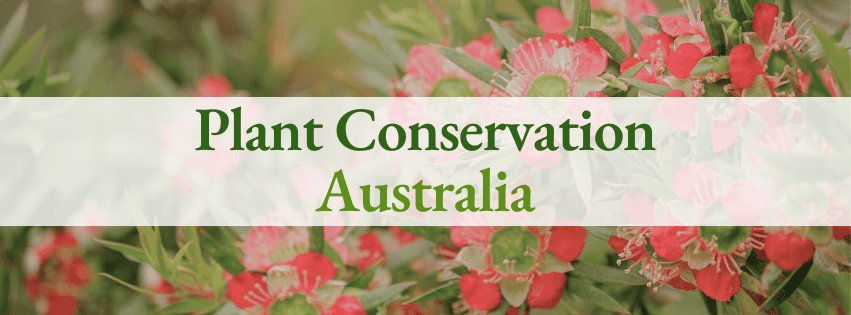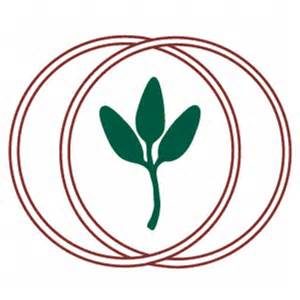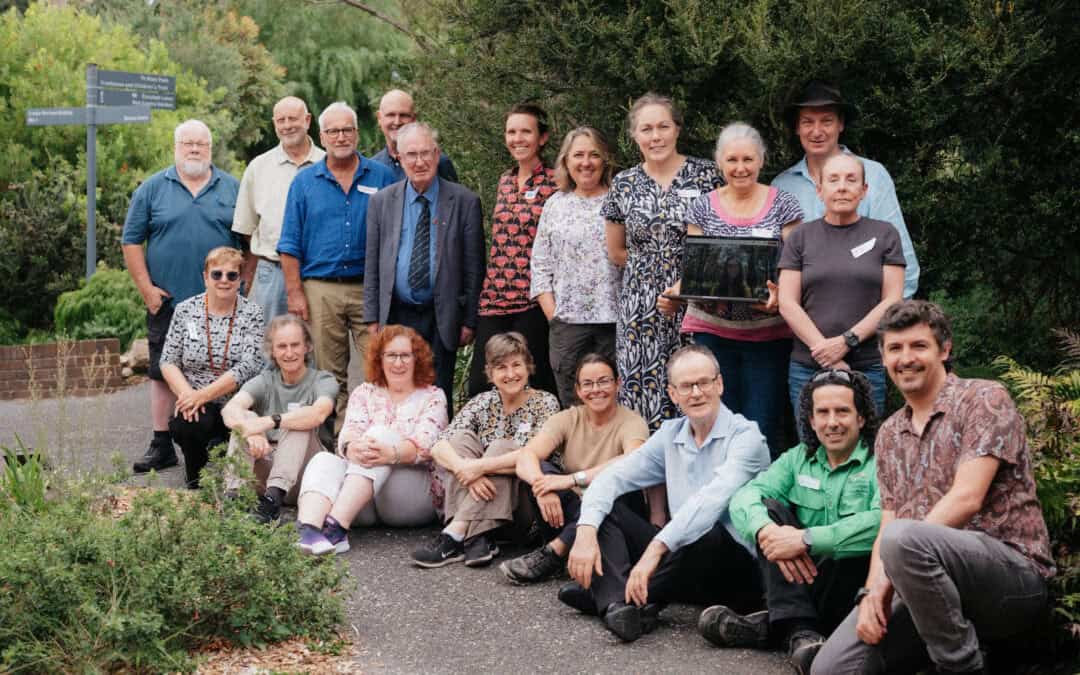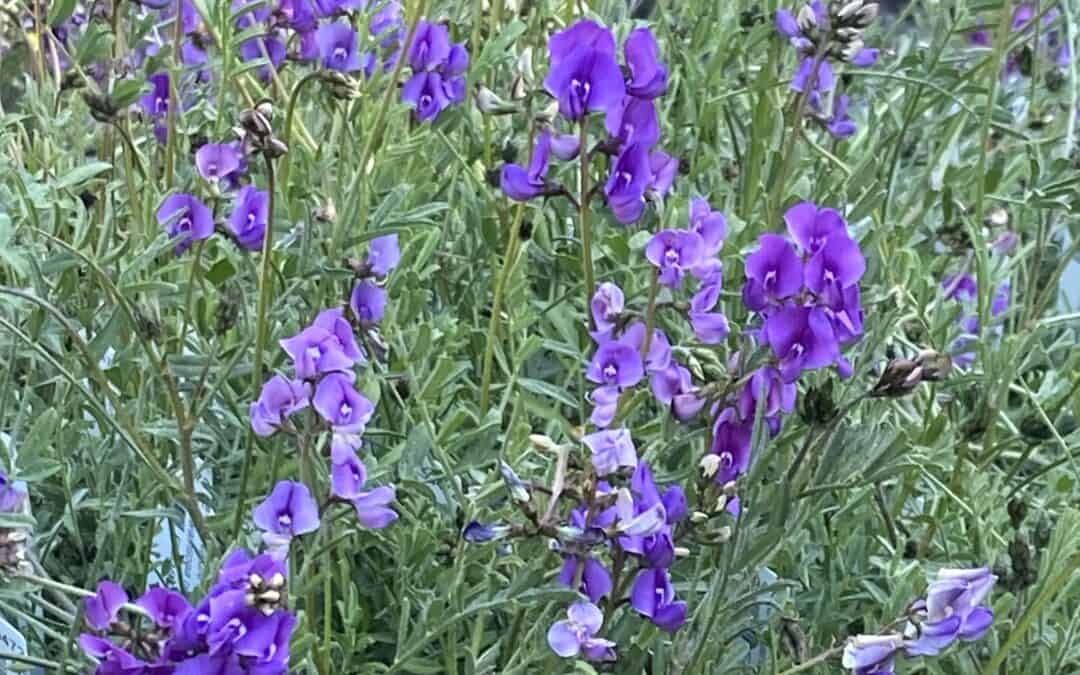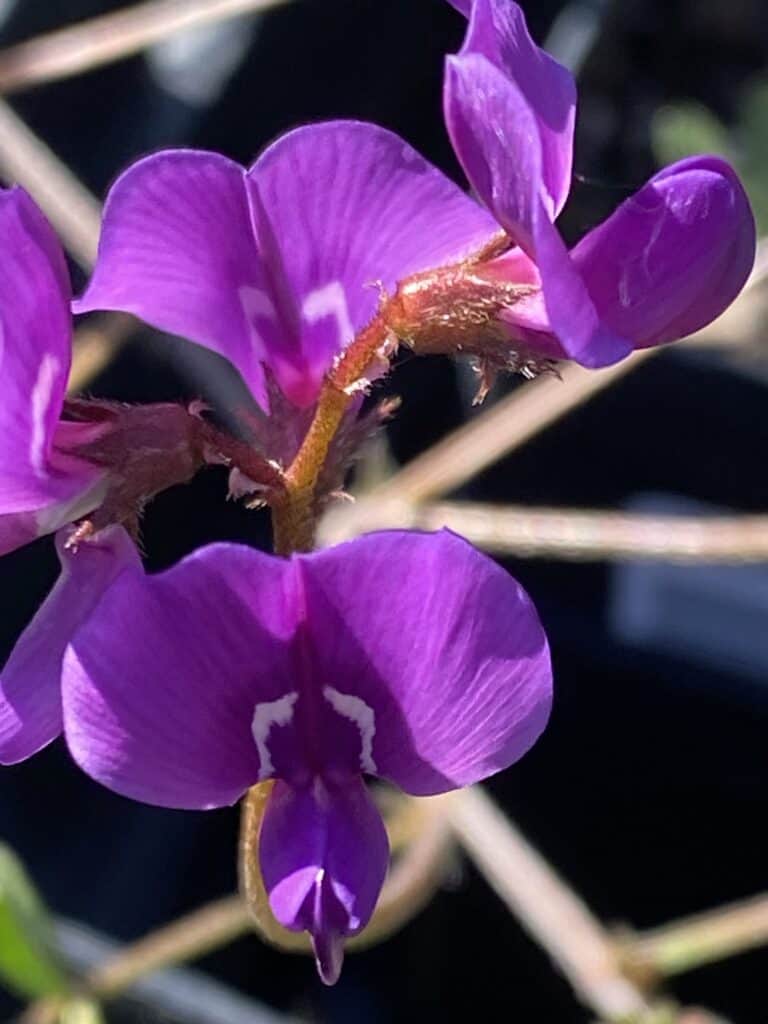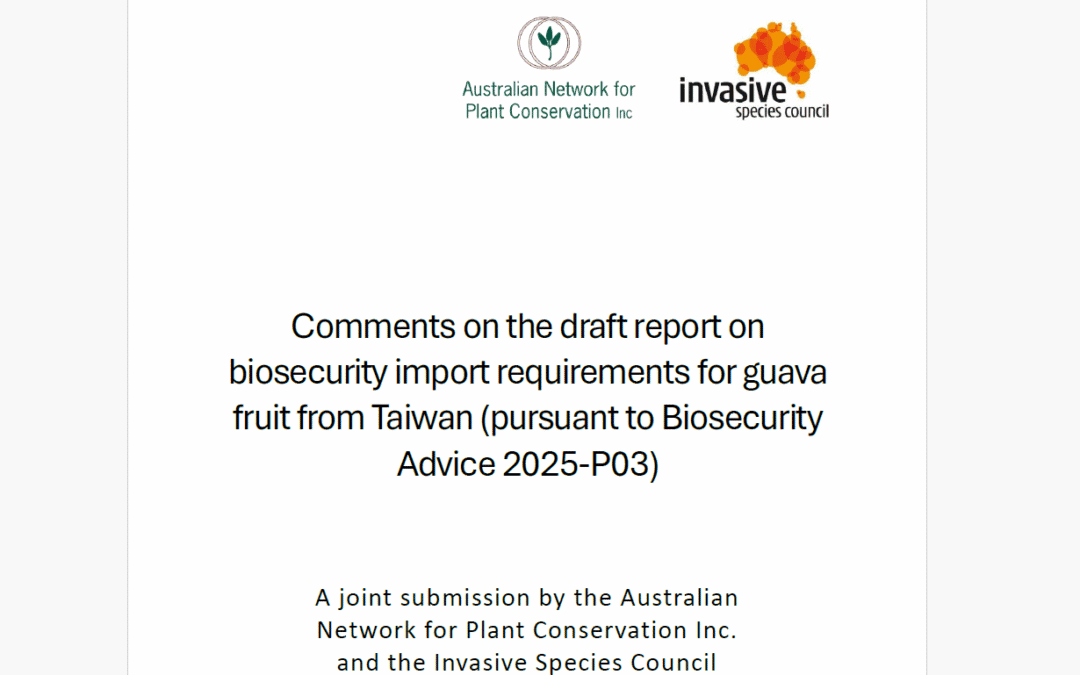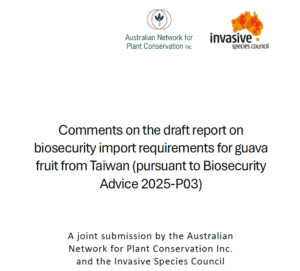
Dec 5, 2025 | News
We’re thrilled to share some exciting news: the Australian Network for Plant Conservation Inc. is rebranding to Plant Conservation Australia! We believe this new name better conveys the mission of our organisation, reflects what we stand for, and will improve our visibility and name recall, providing the opportunity for expanding our presence in the public consciousness. This change has been in the works for several months, stemming from discussions at our Strategic Planning workshop with the ANPC Management Committee back in February. It was then refined through the subsequent establishment of a dedicated Branding and Marketing Working Group which reported to committee on ideas and proposals. A pdf timeline overview of the process of rebranding can be found here.
Members may recall a few months ago we circulated a survey on the proposed name change. Your feedback was invaluable. We received largely supportive responses to the proposal, and great feedback in terms of how to implement the change in a way which is sensitive to the history of the organisation. This feedback will help to ensure that we continue to do our core business of building connections between the latest science and practices in plant conservation. A big thank you to all of you who responded to the survey and contributed your thoughts.
Same tagline, same mission: “The national network that links people, research and action in plant conservation” remains at the heart of what we do. And we will continue to trade under our legal entity of ANPC. We’ll keep you informed every step of the way through e-news, social media, and email updates.
Coming soon:
- Logo & website refresh: A fresh look to match our new name.
- Updated Prospectus & other materials: Clearer, stronger messaging for our partners and supporters.
- Formally launching the new name: At APCC15 in Port Douglas in August 2026.

Oct 31, 2025 | Events Category
The Annual General Meeting of the Australian Network for Plant Conservation Inc. (ANPC) will be held on Wednesday 26 November 2025, from 1:00 pm to 2:00 pm (Australian Eastern Daylight-Saving Time) via Zoom.
GUEST SPEAKER: Yen Longo (Hons to Masters pathway student, La Trobe University). Presentation title: “Clonality and Reproductive Capacity in Three Critically Endangered Victorian Shrubs“
The link to the paperwork including the draft Agenda can be viewed and downloaded here AGM 2025 external. Please note, an email will be circulated closer to the date when all the meeting papers and Final Agenda are available at the same link.
All current ANPC members are encouraged to attend in a voting capacity to ensure we reach a quorum, and to hear about what the ANPC has achieved over the last year. This includes individual members and representatives of organisational members. To check your membership status, please contact the office at anpc@anc.asn.au.
Election of Office-bearers and ordinary Committee members
Executive and Committee members hold their positions for two years from election, with limited repeat terms in a single position as specified in Rule 15 (3) – see the Constitution on the ANPC website.
Nominations are now open for the following positions on the ANPC Committee of Management:
- Vice President
- Secretary (please see our advert here to find out more – this is a great opportunity to gain Executive Not-for-profit Committee experience and expand your networks!)
- Treasurer
- Ordinary members (7 positions)
If you wish to nominate, members should have received a nomination form via email earlier in the week. Get in touch with us if you cannot find it.
Please RSVP to the Secretary at secretary@anpc.asn.au by Wednesday 19 November 2025. This will greatly assist us in preparing a successful AGM. You will then receive the Zoom link in a calendar invite.

Oct 23, 2025 | News
The ‘Preventing the Extinction of Victoria’s Threatened Flora Program’ is leading conservation efforts for the endangered Kneed Swainson-pea, Swainsona reticulata. The Kneed Swainson-pea is listed as Endangered in Victoria under the Flora and Fauna Guarantee Act 1988, due to habitat destruction leaving relatively few, disjunct populations.

RBGV scientists Dr Noushka Reiter, Dr Gareth Holmes, Alex McLachlan, and horticulturist Holden Sayers have been working together to propagate the Kneed Swainson-pea. They have successfully identified the native Rhizobia which they have been using to symbiotically propagate the species on mass (pictured here). The rhizobia fix atmospheric nitrogen and convert this to a form that the plant can use. The association of our native peas with Rhizobia has allowed them to grow throughout much of Australia in our nutrient poor soils. Our long-term aim is to re-establish populations.
The ‘Preventing the extinction of Victoria’s threatened flora’ project is led by Royal Botanic Gardens Victoria in partnership with La Trobe University, Australian Network for Plant Conservation, DEECA, Parks Victoria, Trust for Nature, Wimmera Catchment Management Authority, Nillumbik Shire, ENVITE, Bairnsdale & District Field Naturalists Club, Friends of the Grampians Gariwerd, WAMA Botanic Gardens, Halls Gap Botanic Gardens, and the Australasian Native Orchid Society Victorian Branch.
Photo credit: Noushka Reiter

Oct 17, 2025 | Events Category
Session 6 of the Myrtle Rust management for practitioners – open series will be on:
“National Plant Biosecurity and Sustainable Plant Production”
The presenter will be John McDonald, who is the Director of RDE & Biosecurity at Greenlife Industry Australia. He will present on the national plant biosecurity system and response management, including:
Responding to an emergency plant pest incursion
Pesticide Minor Use Permits (MUPs)
– What are MUPs
– How to apply for a MUP
Nursery Production Sustainability
– Best Management Practice
– Environmental & Natural Resource Management
– Plant Protection and Biosecurity
Date
Thursday 13 November 2025 2:00 PM – 3:00 PM (AEDT)
Location
Online event access details will be provided by the event organiser
Register here (via Trybooking)

Oct 10, 2025 | News
Last month the ANPC and the Invasive Species Council filed a joint submission in response to the Biosecurity Import Requirements Draft Report issued with Biosecurity Advice 2025-P03, which recommends the allowing of importation of fresh guava fruit (Psidium guajava) from Taiwan. The Draft Report excludes Myrtle Rust (Austropuccinia psidii) from risk assessment on the grounds that it is not present in Taiwan.
We argue that this finding was not well justified – a concern validated by the confirmed occurrence of Myrtle Rust in Taiwan, reported after the Draft Report’s publication. Although DAFF now proposes to
conduct a risk assessment of Myrtle Rust, in the submission we provide a critique of the original decision to exclude Myrtle Rust from assessment, as well as recommendations for revision and to seek advice from experts in the National Myrtle Rust Working Group prior to publishing.
To read the full submission, click here.

